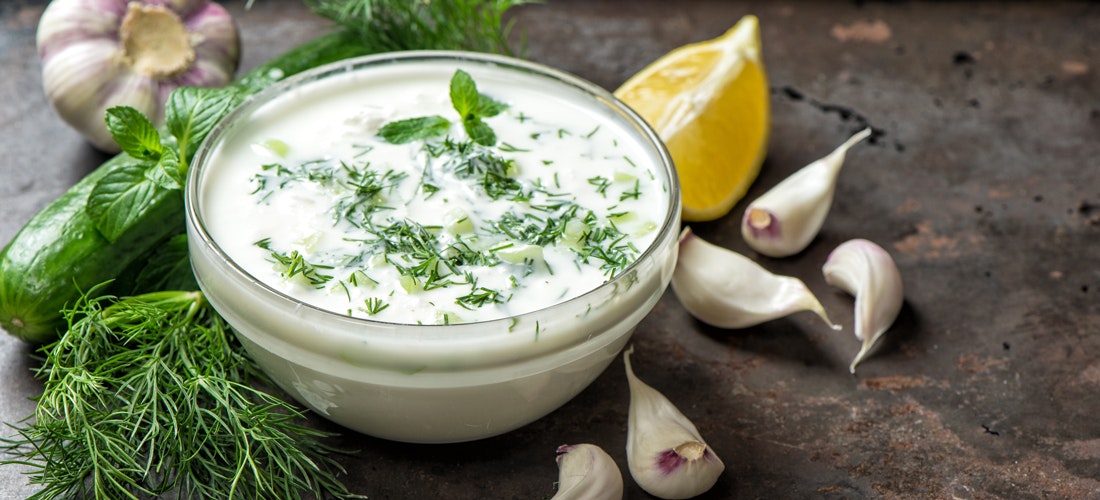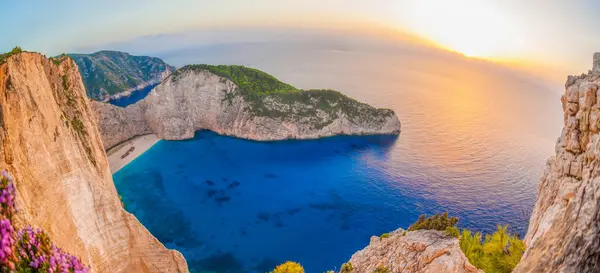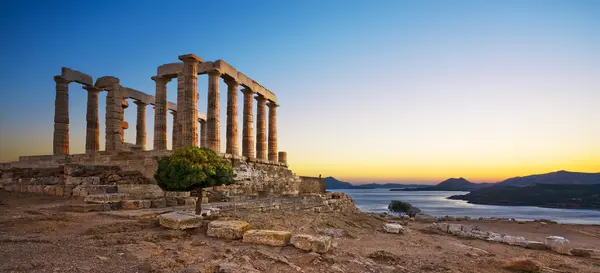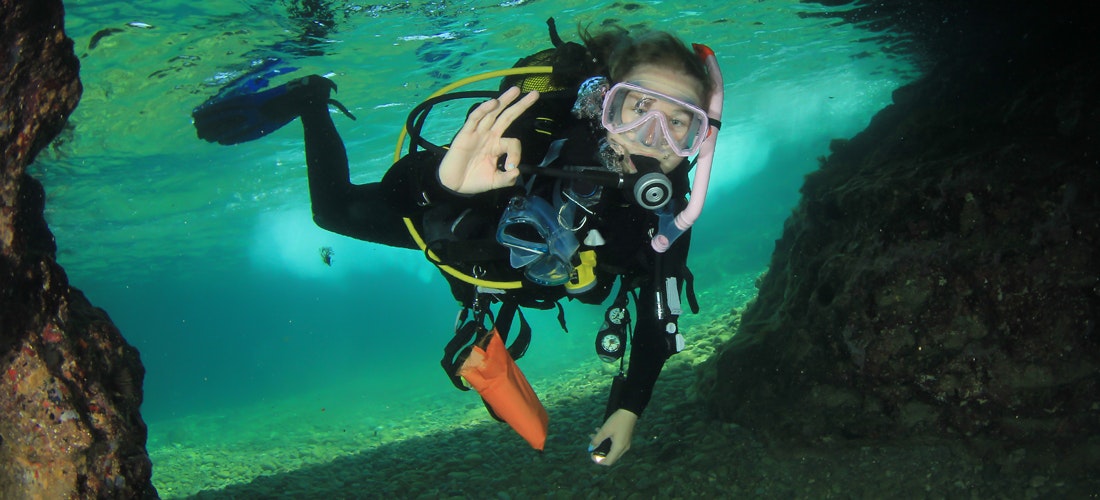The Mediterranean climate allows for the cultivation of many agricultural crops, which is why the Greeks are also keen on fresh ingredients
. Dishes here tend to be aromatic thanks to the use of wild herbs. Perhaps the most typical herbs are rosemary, dill, shabrei, smil, basil, parsley, mint and mace.
The most characteristic and oldest ingredient is olive oil, which is found in almost every dish. Olives (the most famous are the black olives from Kalamata), tomatoes, peppers, aubergines, courgettes
, onions, potatoes, green beans and okra (edible hibiscus) are also widely used. It is common to combine meat with ingredients used in other countries only in sweet dishes, such as cinnamon or raisins.
Greek dining is characterised by mezedes, a variety of small snacks served with wine. These usually consist of a variety of cheeses, herbal salami lukaniko, fried pieces of octopus and cuttlefish, vegetable salads or pita bread with tzatziki or other dip. The desserts are very sweet, using filo (dough made of many very thin slices), nuts and honey
.
The composition of the menu varies by region. In the mountainous and forested northern part of the country, game meat, especially boar, is popular, while seafood is eaten on the coast. Typical fish are sole (of the flatfish order), mackerel or gavun. The Ionian islands, which have long been under Italian influence, differ from the rest of Greece in the popularity of pasta. Crete has a number of local specialities (wholemeal paximadi and the paximadi dakos salad) and Cyprus (herbal halloumi or lountza cheese, pork loin marinated in wine and smoked).


.jpg)


